
00:00
Fri 09 Oct
THE FOOTBALL ASSOCIATION VASE HISTORY
The Football Association was established in 1863 and was dominated by the old boys of the prominent public schools of the South. They believed in the amateur ethos – which they could afford to.
The F.A. Cup was established in 1871-72 and was dominated by these old boys’ clubs for its first decade. Meanwhile in the industrial towns of East Lancashire the passion for the game had taken hold and they began importing Scots, early experts of the passing game, to work in their mills and play for their football teams. Blackburn Olympic “wrenched” the F.A. Cup away from the South in 1883, then their near neighbours, Rovers, won it three years on the trot.
In the first of these three seasons the “gentlemen” of Upton Park F.C., donors of the trophy still played for in the Channel Islands today, objected to the F.A. about the alleged professionals of their opponents Preston North End after drawing with them in the F.A. Cup at Deepdale. Preston admitted they paid their players, saying many others did so too, and withdrew from the F.A. Cup rather than play the replay with Upton Park. Preston threatened a breakaway from the F.A. by 36 northern clubs so the F.A. admitted professionalism the following year, 1885.
The Southern clubs were rapidly eclipsed by those of the North and the Midlands, rarely winning the F.A. Cup for the next century. The F.A. consequently established the Amateur Cup in 1893-94 for those clubs who chose not to pay their players.
Much as amateurism might have been desirable, payment of the supposedly amateur players became an increasing problem for the authorities trying to police it. The desire to capture the trophy led to Northern, Isthmian and Athenian league teams dominating the competition with the F.A. Amateur Cup becoming only notionally “amateur” for the clubs from these stronger leagues.
In 1969 the Football Association introduced the F.A. Trophy for the strongest professional clubs outside the Football League. Five years later they abolished amateur status completely and with it the Amateur Cup. In its place they introduced the F.A. Vase for the other non-league clubs, whether they paid their players or not.
Once again the desire to capture a trophy overcame morals and Initially some clubs that really should have been entering the Trophy opted for the Vase, therefore stricter controls were introduced by the F.A. ensuring only clubs below a certain level could enter the Vase. Those above it entered the Trophy.
Criteria Today the criteria is that clubs at non-league Steps 1-4 (Levels 5-8 overall) compete for the Trophy and Steps 5-6 (Levels 9-10) go in for the Vase.
Step 7 (Level 11) clubs with grounds of a suitable level used to be allowed to compete in the Vase as well but they are now excluded as from this season.
Another change this year has been the abolition of replays and extra time in the initial match, therefore it is straight to “kicks from the penalty mark” if the scores are level after ninety minutes. Structure With Step 7 sides now excluded, the record entry of 667 last season is unlikely to be broken but with an almost “full house” of Step 5 & 6 entries there are still 612 teams competing.
442 of them set out for Wembley two weeks ago in the First Qualifying Round with Jersey Bulls being one of the 109 clubs that received a bye. The 221 winners of those matches and the 109 byes meet this weekend in the Second Qualifying Round with the Bulls travelling to Billingshurst, six miles South-West of Horsham in Sussex.
The 165 survivors will enter the First Round “Proper” to be drawn on Monday along with 31 clubs that lost in the Third Round last season that are exempted to this stage. For those of you that are mathematically minded the missing 32nd club failed the ground grading criteria and so was denied entry this season. The 98 winners of the First Round matches are then joined by the 30 clubs that reached the last 32 last season (two more failed the ground grading) to form the last 128.
Regionalisation The rounds of the competition are regionalised to save clubs travelling a long way in the early stages. There are 11 zones for the two qualifying rounds with the Bulls in zone 9 which is primarily filled with clubs from Sussex and Kent. The first three rounds of the draw “proper” sees the zones reduced to five with the one the Bulls will be hoping to be in seeing Surrey and Middlesex clubs join those from Sussex and Kent.
For Round Four (the last 32) there are just two zones, “North” and “South” and after that the draw goes “National” with both semi-finals of last seasons competition seeing round trips of nearly 600 miles.
The delayed final from last season is an all Northern League affair – Consett v Hebburn Town so the current holders are still Chertsey Town, the first winners to have come from the Combined Counties League, in which Jersey Bulls compete.
Summary:
Northern League clubs have dominated the competition in recent seasons with 9 of the last 12 winners coming from there. They include Spennymoor Town who won the 2013 competition after defeating Guernsey 4-1 in the two-legged semi-final. This was Guernsey’s only year in the competition before they were “promoted” to the Trophy. They attracted 2,597 to Footes Lane for their Quarter-Final replay win v Walsall Wood and 4,290 for the first leg against Spennymoor, one of the highest Vase attendances other than for the finals themselves.

Pierce Roche
Goalkeeper
16
x
Clean sheets
38
x
Games
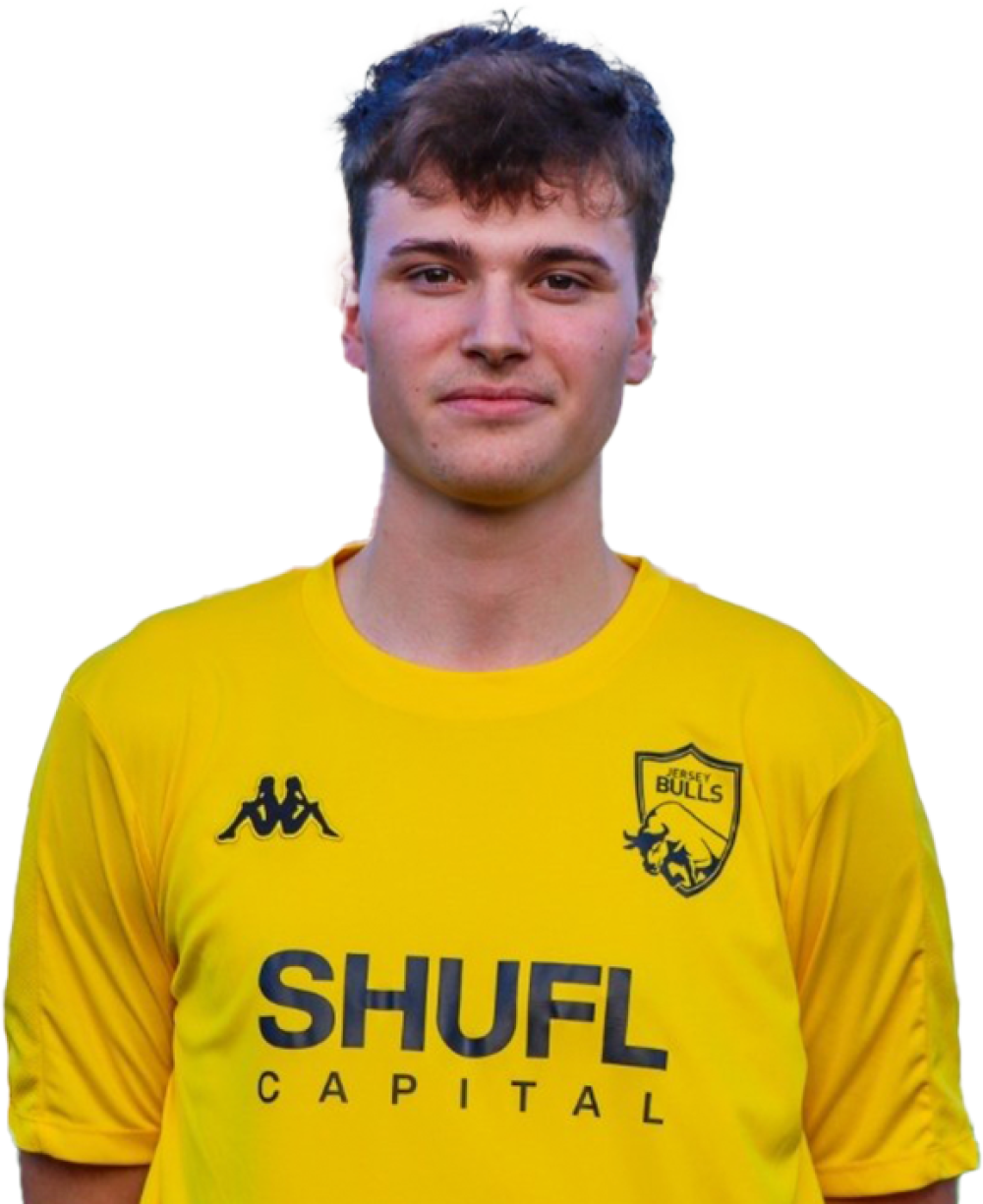
Luke Duncan
Goalkeeper
0
x
Clean sheets
1
x
Games

Will Byers
Defender

Josh Daniels
Defender
0
x
Goals
4
x
Games

John Lloyd
Defender
1
x
Goals
12
x
Games

Josh Coutanche
Midfielder
0
x
Goals
2
x
Games
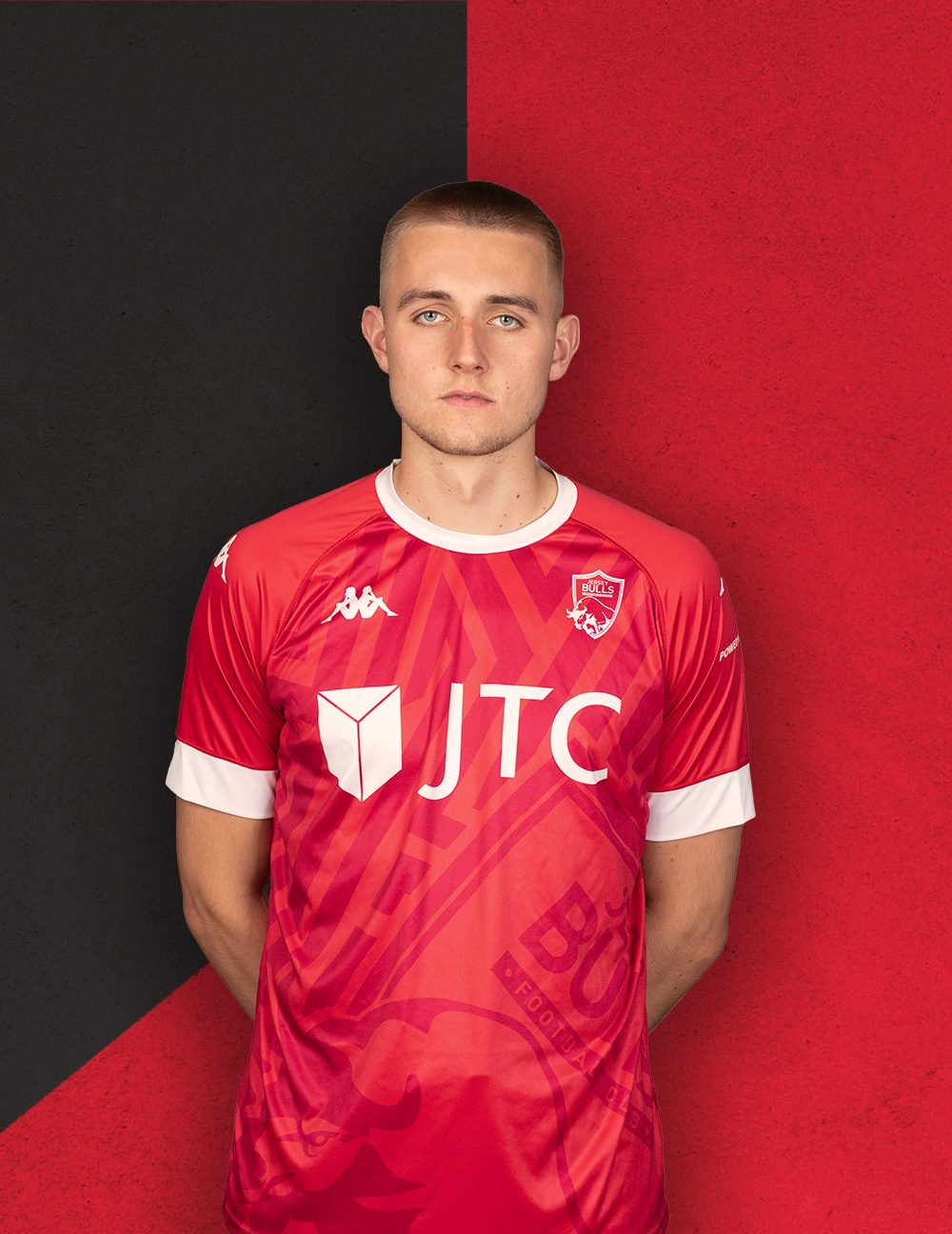
Sam Sutcliffe
Defender
2
x
Goals
63
x
Games

Bradley Rolland
Goalkeeper
5
x
Clean sheets
9
x
Games

Harry Cardwell
Midfielder
12
x
Goals
24
x
Games

Leandro Vieira
Midfielder
0
x
Goals
4
x
Games

Hugo Vieira
Midfielder

Joe Kilshaw
Midfielder
18
x
Goals
137
x
Games

Jay Dos Santos
Midfielder
1
x
Goals
6
x
Games

Jack Lumsden
Defender
1
x
Goals
15
x
Games

Ruben Mendes
Midfielder
12
x
Goals
88
x
Games

JULES GABBIADINI
Defender
3
x
Goals
19
x
Games

Jack Griffin
Defender
1
x
Goals
40
x
Games

Sean Lambert
Midfielder
0
x
Goals
10
x
Games

Kieran Lester
Forward
19
x
Goals
79
x
Games

Zeljko Martinovic
Midfielder
0
x
Goals
1
x
Games

Jason Carpenter
Goalkeeper

Miguel Carvalho
Forward
25
x
Goals
108
x
Games

Toby Ritzema
Midfielder
10
x
Goals
49
x
Games

Francis Lekimamati
Forward
18
x
Goals
107
x
Games

Darryl Mvalo
Forward
0
x
Goals
7
x
Games

Harry Scott
Forward
0
x
Goals
8
x
Games

Jake Prince
Forward
14
x
Goals
52
x
Games

Karl Hinds
Forward
28
x
Goals
73
x
Games

Daryl Wilson
Forward
13
x
Goals
36
x
Games
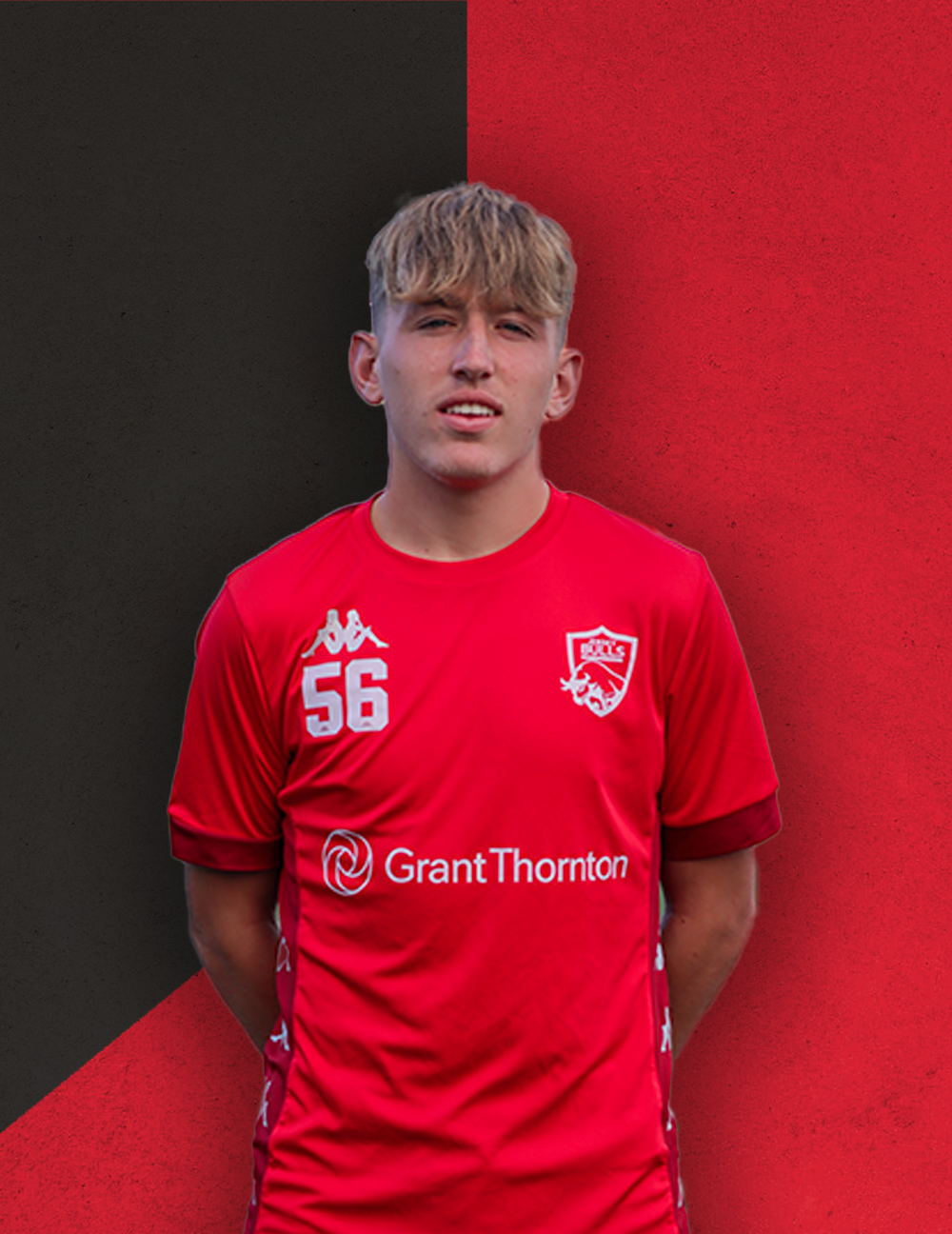
Callum Gilroy
Forward
0
x
Goals
8
x
Games

Tiago Duarte
Goalkeeper
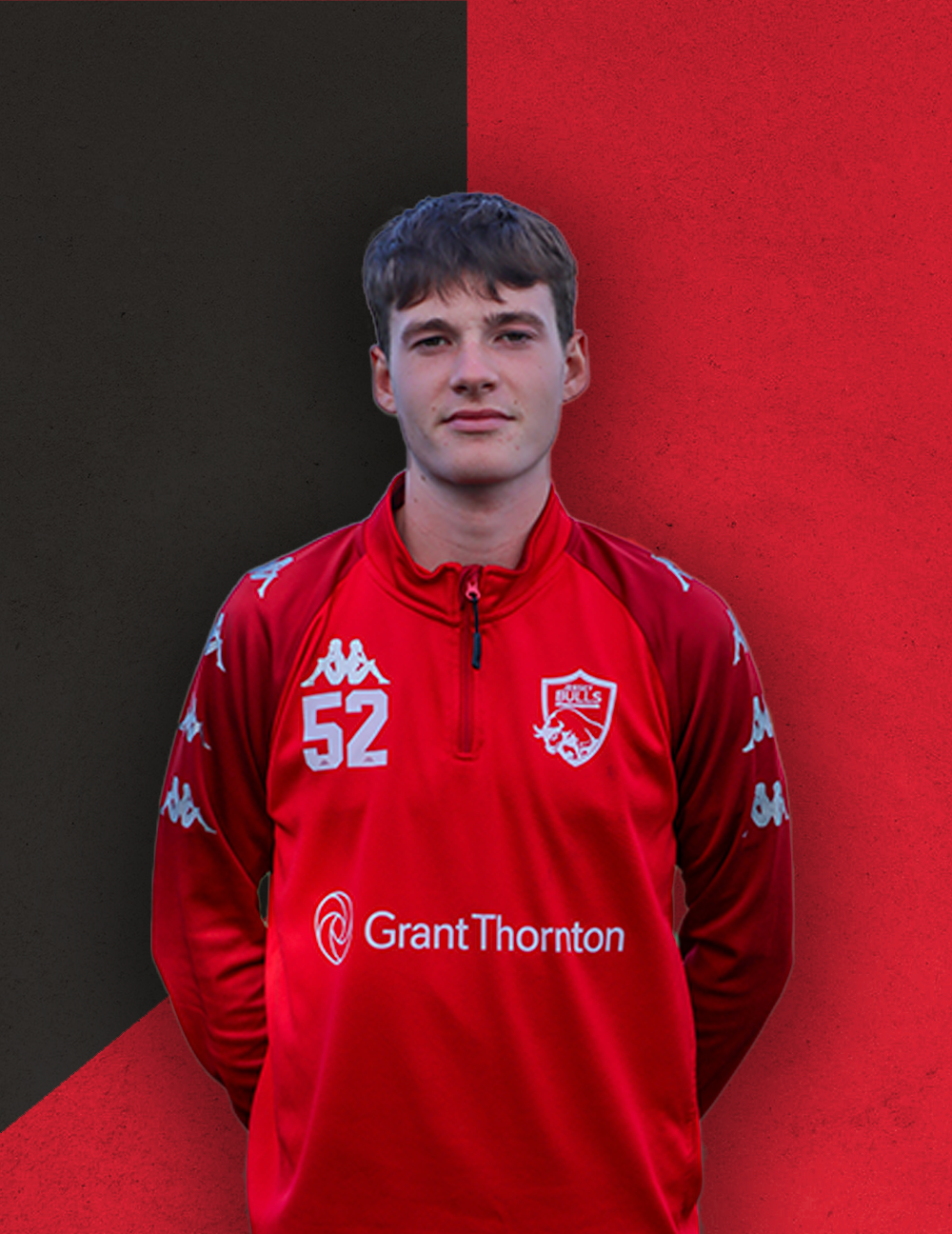
Damon Huckerby
Defender

Fergus Boyle
Defender
0
x
Goals
13
x
Games
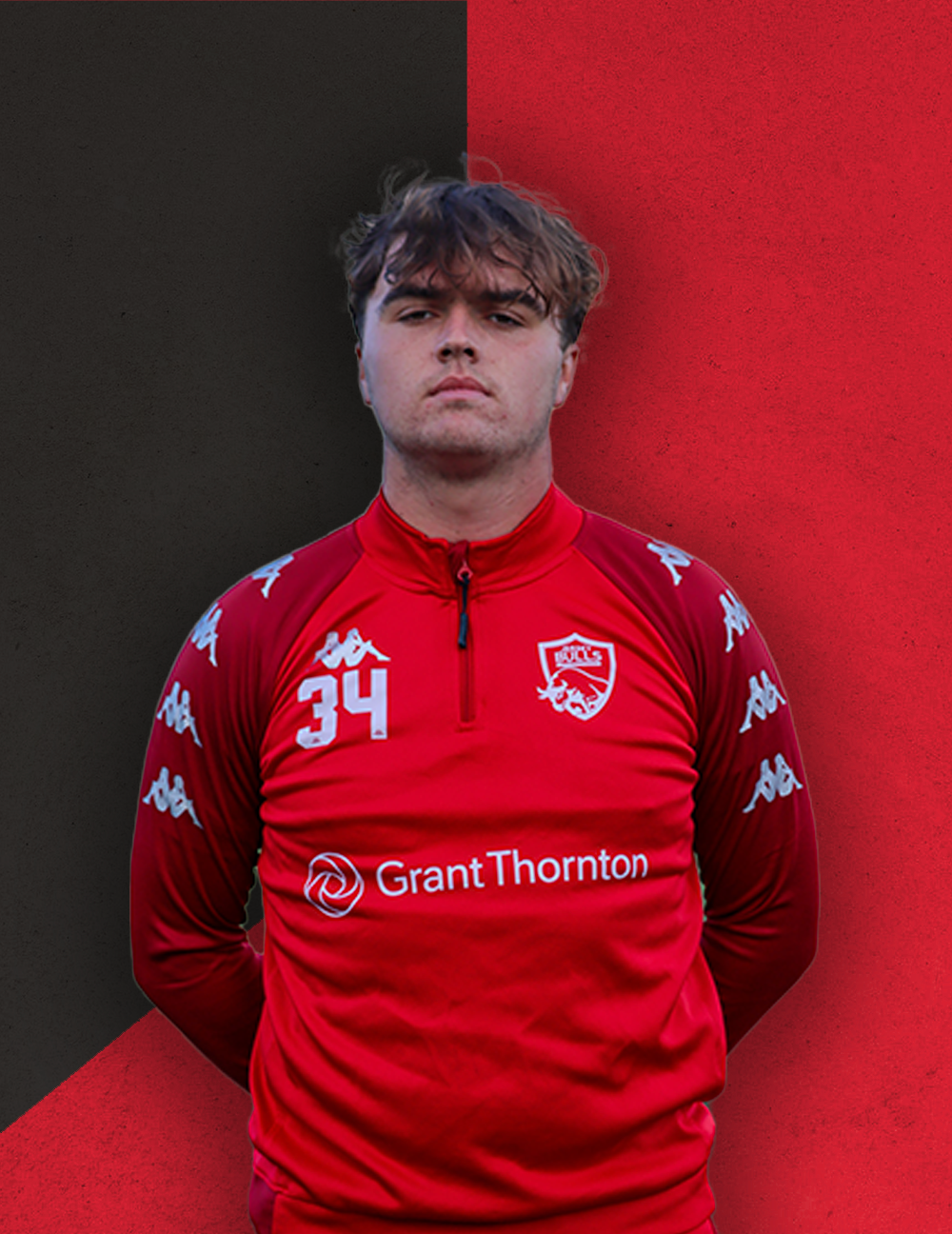
Charlie Brennan
Midfielder

Tomas Goncalves
Defender
0
x
Goals
5
x
Games

Connor Lloyd
Defender
0
x
Goals
13
x
Games

Leighton Gilroy
Forward
0
x
Goals
1
x
Games

Barry Beatson
Midfielder

Conor O’Keeffe
Forward

Joey O’Toole
Midfielder

Arthur Illingworth
Forward
3
x
Goals
5
x
Games

Barry Beatson Jr
Midfielder
0
x
Goals
1
x
Games

Calvin Weir
Midfielder
3
x
Goals
14
x
Games

Connor O'Shea
Defender
0
x
Goals
1
x
Games

Declan O'Connell
Defender
0
x
Goals
1
x
Games

Dan Birrell
Goalkeeper
2
x
Clean sheets
2
x
Games

George Glithero
Midfielder
0
x
Goals
2
x
Games

Jack Cannon
Defender
1
x
Goals
9
x
Games

Jack Steel
Defender
0
x
Goals
5
x
Games

Jake Mulholland
Midfielder
1
x
Goals
8
x
Games

Jason De Andrade
Midfielder
0
x
Goals
1
x
Games

Joel McKinlay
Defender
0
x
Goals
1
x
Games

Jonny Willows
Goalkeeper
1
x
Clean sheets
4
x
Games

Kushal Frankson
Midfielder
0
x
Goals
1
x
Games

Luca Margaroli
Midfielder
2
x
Goals
11
x
Games

Luke Appleton
Defender
0
x
Goals
2
x
Games

Mark Logue
Midfielder
1
x
Goals
3
x
Games

Max Rivers
Midfielder
0
x
Goals
3
x
Games

Max Thompson
Defender
0
x
Goals
3
x
Games

Michael Martins
Goalkeeper
0
x
Clean sheets
2
x
Games

Olly Rivers
Midfielder
0
x
Goals
2
x
Games

Paul McCafferty
Defender
0
x
Goals
1
x
Games

Robert Martins-Figueira
Forward
4
x
Goals
11
x
Games

Seaney McColgan
Forward
4
x
Goals
24
x
Games

Sol Solomon
Forward
60
x
Goals
71
x
Games

Wilf Morris
Midfielder
0
x
Goals
18
x
Games

Harry Gladdish
Goalkeeper
0
x
Clean sheets
2
x
Games

Taylor-Jack Woodley
Goalkeeper

Seb Figueira
Goalkeeper

Edward Jeffries
Midfielder
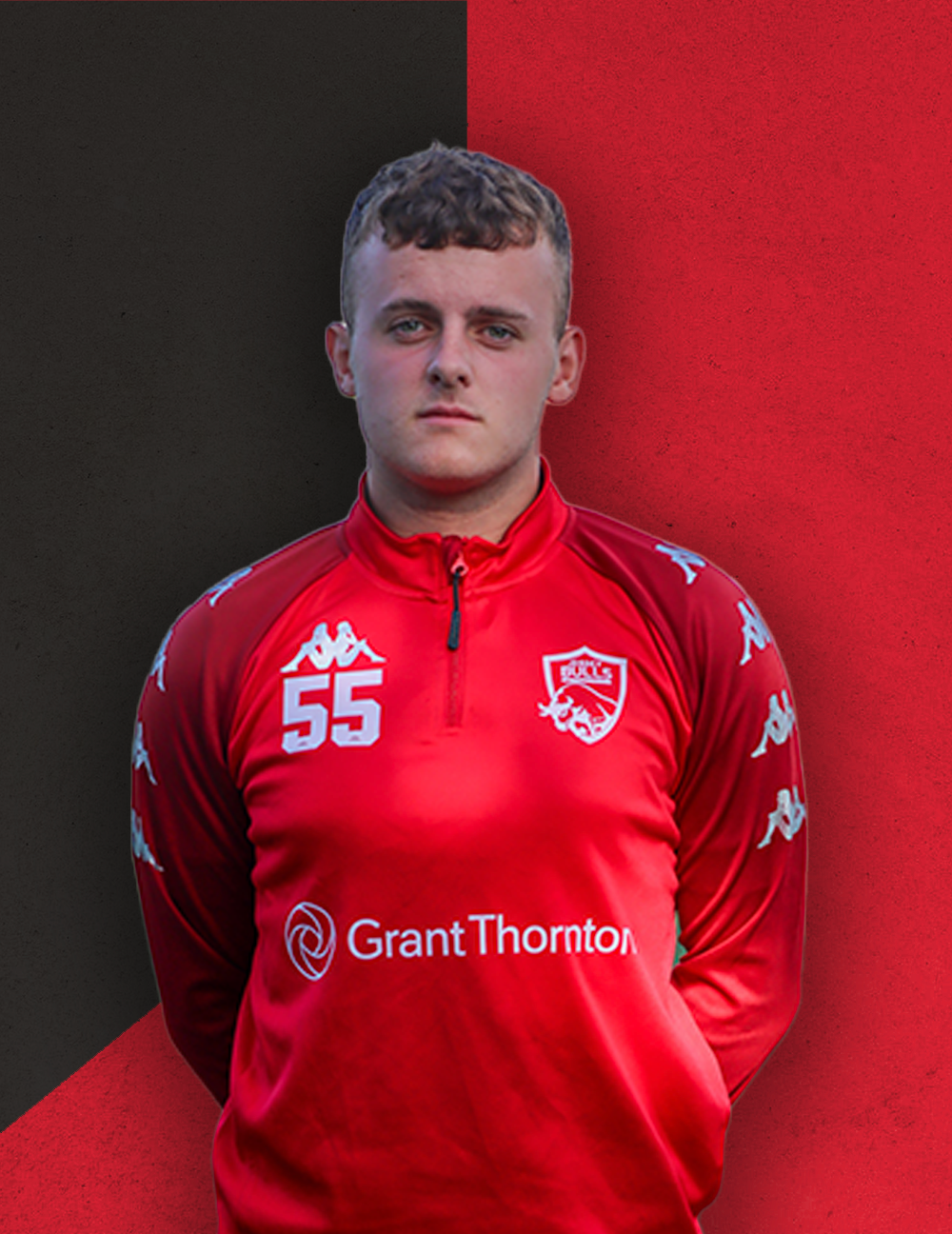
Ollie Walker
Defender

Ben Shirley
Goalkeeper

Luke Shirley
Midfielder
0
x
Goals
2
x
Games

Jacob Videgrain
Goalkeeper

Harvey Clifford
Goalkeeper

Cristiano Ascencao
Goalkeeper

Kyle Wilson
Defender

James Stangroom
Goalkeeper

Charlie Stirling
Midfielder

Casey Nixon
Midfielder

Leonardo Legardere
Goalkeeper

Daniel Andrade
Forward

Evan Lees
Midfielder
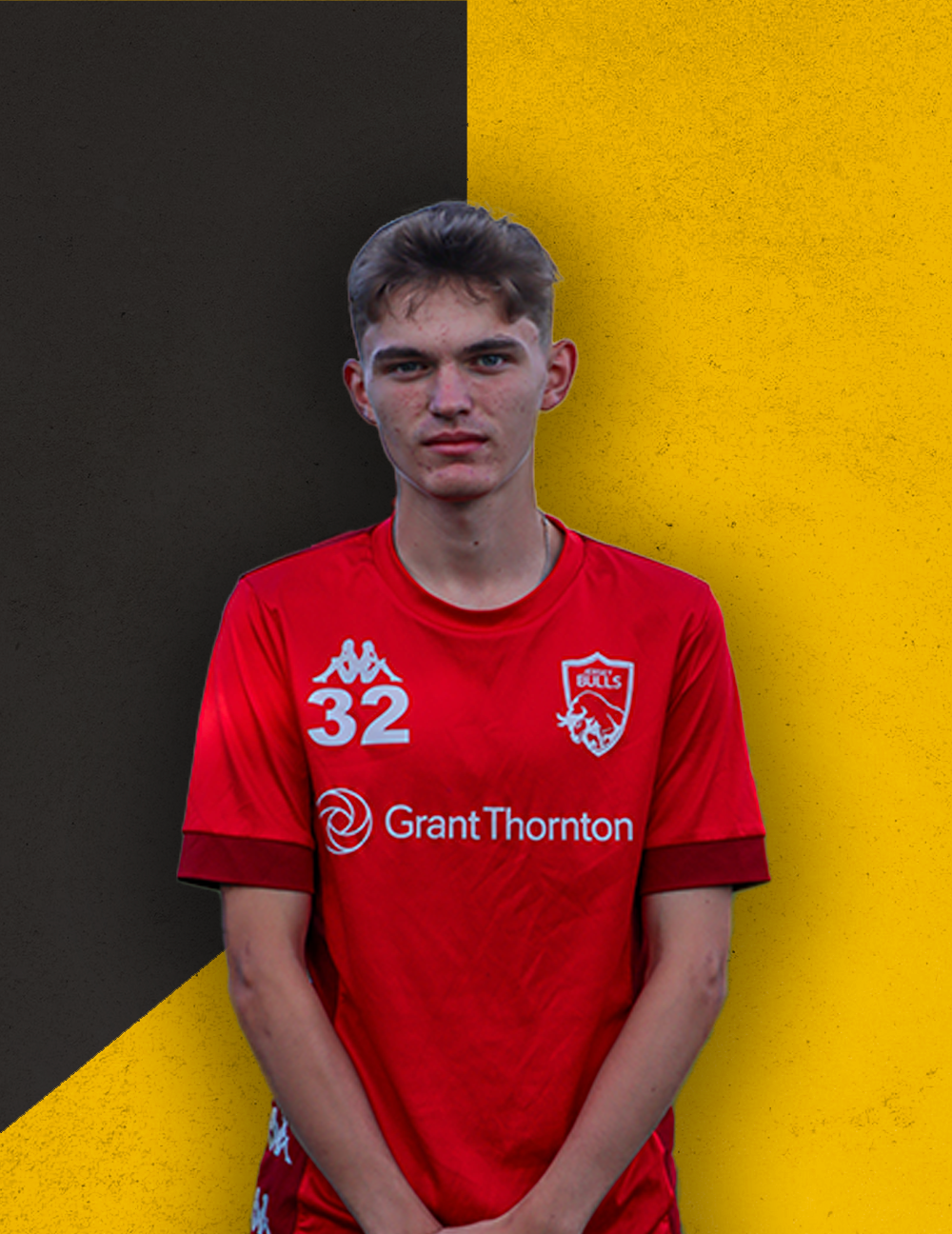
Charlton Lawlor
Goalkeeper

Odinaka Nwokoro
Forward
0
x
Goals
2
x
Games

Alex Brown
Goalkeeper

Elliot Powell
Manager

Adam Lester
First Team Coach

Andy Dewhurst
Performance Lead

Dylan Buesnel
Performance Analyst

Dan Garton
First Team Coach

Jan Bentley
Physical Performance Coach

Kaj Stefansen
Goalkeeper Coach

Steve Martin
Physiotherapist

Karl Benest
Kit Manager

James Sunley
Midfielder
1
x
Goals
1
x
Games

Will Yates
Midfielder
0
x
Goals
12
x
Games

Ewan Brodie
Defender
0
x
Goals
3
x
Games

Sonny Cassidy
Defender

Stanley Dunne
Midfielder
2
x
Goals
7
x
Games

Maksymilian Stefanski
Midfielder

Harry Echobichon
Midfielder

Dylan McGee
Midfielder

Luke Coutanche
Forward
0
x
Goals
13
x
Games

Eddie Rothwell
Defender

Harry Davy
Midfielder

Kurtis Guthrie
Forward
1
x
Goals
13
x
Games

Paul McKay
Midfielder
0
x
Goals
2
x
Games

Harry Mackenzie
Forward

Chad Morris
Manager

Harry Walker
Coach

Laura Riley
Coach

Jacob Videgrain
Goalkeeper Coach

Jorja-Leigh Riddock
Physical Performance Coach

Jim Robertson
Physiotherapist

Chantelle Renouard
Goalkeeper
0
x
Clean sheets
1
x
Games

Alena Clyde-Smith
Defender
0
x
Goals
1
x
Games

Charley Skinner
Defender
0
x
Goals
2
x
Games

Sophie Thornton
Defender
0
x
Goals
3
x
Games

Coco Leonard
Midfielder
0
x
Goals
1
x
Games

Emily Le Page
Midfielder
1
x
Goals
3
x
Games

Lara Couvert
Midfielder
0
x
Goals
1
x
Games

Soraya Da Conceicao
Midfielder
0
x
Goals
3
x
Games

Aine Ruth
Forward
0
x
Goals
3
x
Games

Anita Tavares
Forward
6
x
Goals
4
x
Games

John Treleven
Matchday Operation
5
x
Goals
28
x
Games

Derek Ferguson
Steward
4
x
Goals
26
x
Games

Melissa Bateman
Matchday Operation
4
x
Goals
23
x
Games

Marie Browne
Steward
4
x
Goals
25
x
Games

Glenn Springate
Fundraiser
4
x
Goals
26
x
Games

Ray Sutcliffe
Steward
4
x
Goals
24
x
Games

Jonny Alves
Match Announcer
4
x
Goals
25
x
Games

Daniel Jinadu
Goalkeeper

Jamie Watling
Defender
2
x
Goals
4
x
Games

Adi Topley
Photographer
3
x
Goals
21
x
Games

Ed Peck
Media Team
5
x
Goals
29
x
Games

Alexis Marett
Media Team
2
x
Goals
14
x
Games

Chris Le Guyader
Fundraiser
4
x
Goals
24
x
Games

Ian Horswell
Volunteer
4
x
Goals
25
x
Games

John Elphick
Merchandise
4
x
Goals
23
x
Games

Howard Tobias
Media Team
4
x
Goals
22
x
Games

Kim Oeillet
Merchandise
1
x
Goals
5
x
Games

Nigel Hammond
Referee Liaison
4
x
Goals
22
x
Games

Tracey Whitfield
Matchday Operation
1
x
Goals
5
x
Games

Danielle Bradshaw
Defender
0
x
Goals
4
x
Games

Hannah Lynam
Midfielder
1
x
Goals
1
x
Games

Sofia Rodrigues
Midfielder
1
x
Goals
1
x
Games

Jonathon Buesnel
School Zone
3
x
Goals
22
x
Games

Alan Williams
School Zone
3
x
Goals
16
x
Games

Andy Morris
School Zone
3
x
Goals
19
x
Games

Lauren Queree
Media Team
5
x
Goals
29
x
Games


















































